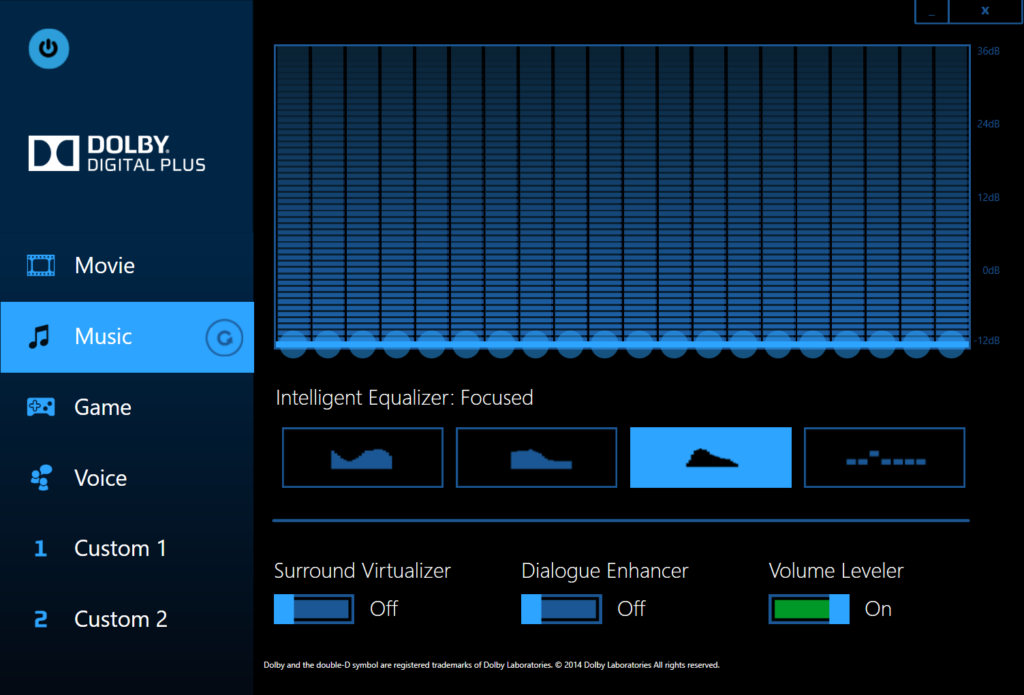Do you recall ever having to transcode digital audio recordings? I’ll tell you what, making the right selections for this process calls for great quality. But which of the two best technologies, PCM or Dolby Digital, should you pick?
Audio recording conversion is possible using PCM and Dolby Digital both. Dolby Digital employs a 5-7 channel configuration, in contrast to PCM, which depends on the uncompressed transfer of analog audio to digital. The increased channel count of Dolby makes it more user-friendly than PCM from a technical standpoint, but the calibre of the output is also crucial.
Comparison – PCM VS. Dolby Digital

For you to choose which piece would meet your demands, however, this information is insufficient. Because of this, you should read our comparison of PCM and Dolby Digital.
The PCM vs. Dolby Digital comparison won’t provide us with any in-depth information if we go right in. They occasionally produce sounds with a similar sound quality despite having different technological features. Furthermore, users choose these both based on a variety of tastes.
It is crucial to examine each of these components separately to fully appreciate their unique qualities and what they have to offer. What is therefore superior: PCM or Dolby digital? Compare them so that you can decide which is the best for you.
1. PCM
Since it was invented more than a thousand years ago, Pulse-Code Modulation, or PCM, has been used to transport sound streams. The algorithm used by PCM is the same one used for analog audio transmission.

This means that it makes no difference what sort of file users transmit these through because PCM can handle both compressed and uncompressed data. To do this, PCM uses an algorithm to receive the data, decode it, and then deliver it to the receiver. Generic PCM and linear PCM are the two other types of PCM. As opposed to LPCM, where the quantization results are linear, PCM’s quantization levels are determined by the amplitudes.
Even so, both still use the same method for transmitting audio files. The data is decoded and transmitted to the receiver every time the PCM device receives data. So PCM, which continues to be the most widely used approach, accepts both analog and digital audio inputs.
A. Characteristics Of PCM
- Application
PCM techniques are incredibly affordable. Many consumers accept its usage and applications since the digital circuitry is less expensive than Dolby Digital. That’s not all, though. PCM offers a wide range of services. It is more widely used in numerous applications, making it more cost-effectively adaptable.

- Communications And Signals
Analog signals of all kinds, including audiovisual, video, and so forth, resulting in PCM. It also functions with data impulses coming from digital computers or laptops. In most cases, PCM communicates quickly and efficiently using digital telecommunications standards.

- Ratio Signal-Noise
Many people believe that PCMs have superior signal-to-noise ratios to digital systems. Users must employ encryption-based coding to further enhance the output quality in PCM and reduce the likelihood and risk of errors.

2. Dolby Digital

Popular for its cutting-edge, multi-channel services, Dolby Digital. The winner of the PCM vs. Dolby digital debate should be Dolby if your sound system supports numerous audio applications, such as home theatres, surround sound systems, or film audio. Here’s why. Anytime this happens, Dolby Digital will execute various formats as necessary and perfect all channels, whether they are on the left or the right.
Dolby Digital just started in 1992, but after that, it took off like a rocket. It is safe to conclude that this audio system is designed for large spaces or environments, such as home theatres.
It creates an atmosphere and sound quality similar to a movie theatre, allowing for a rich, high-definition experience with powerful audio. The best audio quality characteristics are also provided by Dolby Digital’s most recent versions and technology.
A. Characteristics Of Dolby Digital
- Dolby Digital Plus
Another cutting-edge surround sound technology is Dolby Digital Plus, which can improve consumers’ browsers, system software, smartphone, and home theatre operations. Additionally, it has approximately 7.1 discrete channels with a high-fidelity sound system. Not only does this offer coherent audio quality, but it is also planned for the advancing supporting media.

- Multi-Channel Sound
The 5.1 channels of Dolby Digital deliver excellent and crystal-clear audio that may satisfy users at all times. When necessary, it spreads to the stereos on the left and right while retaining the action in the middle of the stage.

Which Is Better: PCM Audio VS. Dolby Digital?

Whether they require compressed or uncompressed audio is up to the user. You can choose from a variety of formatting options using compressed options, whereas uncompressed options will provide you with a straight stereo.
Additionally, they would need to match the setup’s input to your device. For instance, PCM should be chosen if one prefers to watch DVDs with a player, whereas Dolby should be chosen if one wants an HD TV with the appropriate audio formats.
In other words, choosing between PCM and Dolby digital features depends more on what you require than on the trade-off.
Conclusion
This PCM v. Dolby digital comparison is now complete. What then is the winner? If you are aware of what you need, then both of them. However, if you want to choose one specific product, you can think about the price range and its uses.
If you enjoy having flexibility in terms of usage and device compatibility, Dolby Digital ought to be your first option. It includes a huge range of channel options and can customize the sound for many different devices.
- JBL Partybox 300 vs Bose S1 Pro – Which One Is More Portable?
- JBL PartyBox 300 vs. 200- Which is the better Bluetooth speaker for large parties?
- JBL PartyBox 100 vs 300- Which is the best speaker?

- JBL Boombox 2 vs Xtreme 2 – Which One for Better Sound Quality?
- Philips Fidelio X2HR vs. SHP 9500: Which is the better wired headphone?
- HyperX Cloud Alpha vs. Cloud 2: Which headphone reigns supreme?
